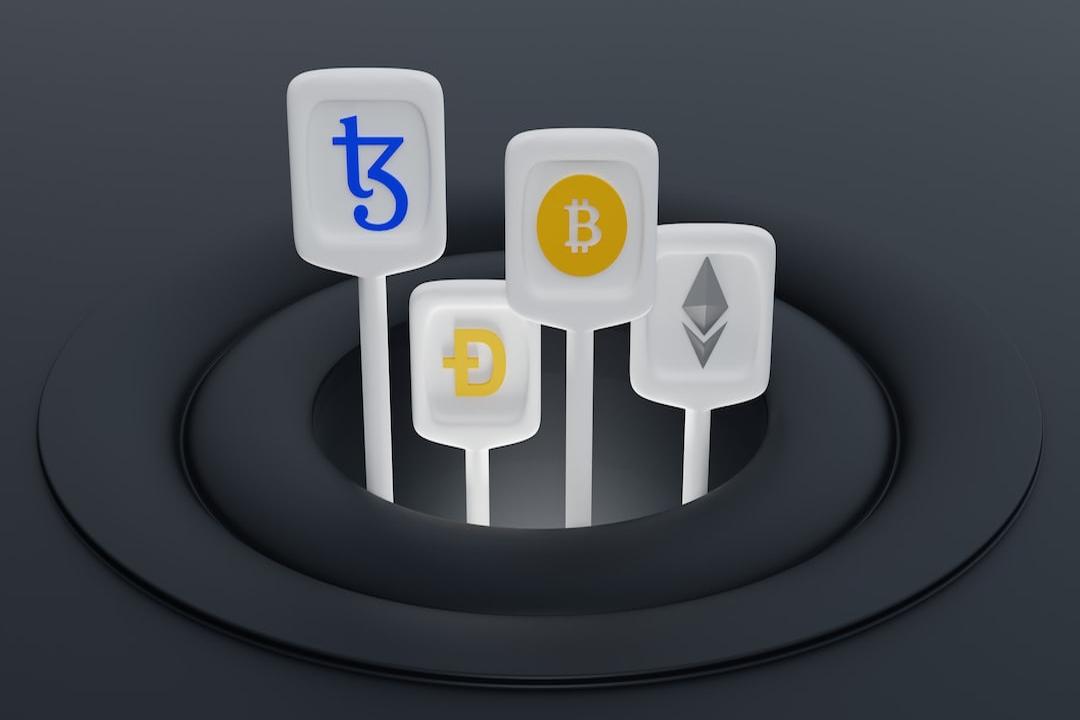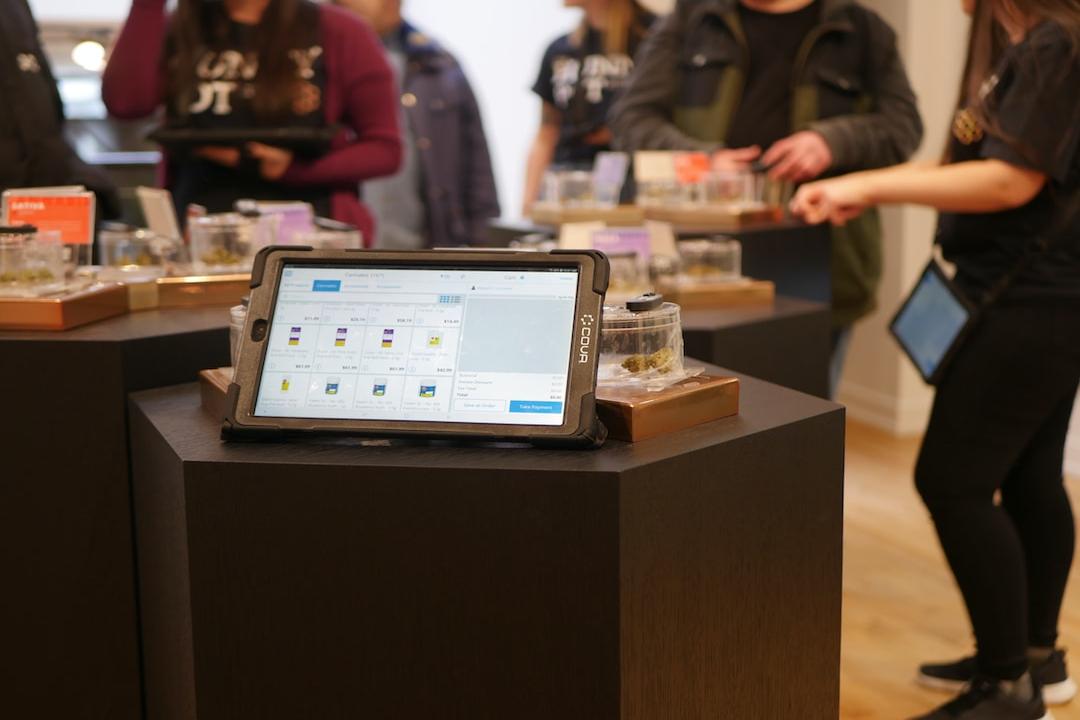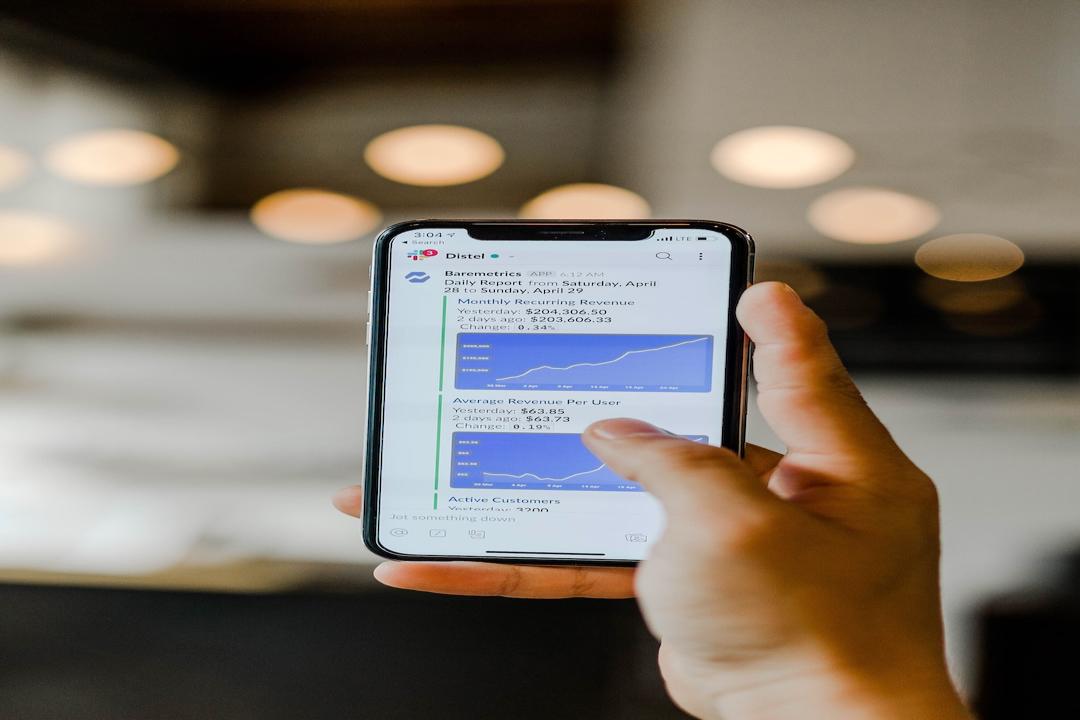What is Metis, the Layer2 network with a recent surge in online funds? It seizes the centralized issue of Rollups sequencers and attracts market attention by creating a peer-to-peer network and staking consensus mechanism to become the first decentralized sequencer. (This article is not investment advice.)
Contents:
Toggle
Introduction to Metis
Metis becomes a market hot spot
Rapid growth of online funds
Token price
Metis technical architecture
Distributed ledger: Off-chain storage
Consensus mechanism: Decentralized sequencer
Proof mechanism: ZKFP
Virtual machine: EVM equivalence
Decentralized sequencer narrative entering the crypto market
Metis is a general-purpose Layer2 network in the Ethereum ecosystem. The project was launched in May 2021 and the mainnet, Andromeda, was launched in November of the same year.
Advertisements – The article continues to scroll down




Features of Metis Andromeda include its Metis Virtual Machine (MVM) achieving EVM equivalence, relatively early completion of decentralized sequencer, and other unique highlights in the mainstream Layer2 competition. Initially, Metis was designed as a hard fork network of Optimism, but with Optimism’s control over the centralized power of sequencers, Metis tried to forge its own path from the beginning by focusing on the direction of decentralized sequencers.
(Interpretation of Rollups Strategy | Why don’t mainstream Layer2 decentralize sequencers? Why is Stack the solution to untangling?)
Recently, Metis has experienced rapid growth in online funds (TVL). Since the 20th of this month, it has rapidly grown from 100 million US dollars to a historical high of 720 million US dollars. It is currently ranked third among all Ethereum ecosystem Layer2 networks.


Changes in Metis online funds recently
(Data source)


Layer2 online funds ranking
(Data source)
The token of this project is named METIS, used to pay for Metis Andromeda’s on-chain fuel costs and staking for sequencer operation. The METIS token has increased by approximately 350% this month and is currently priced at around $84, with a circulating market value of approximately $340 million as of the time of writing.


Changes in METIS token price
(Data source)
When studying the architecture of blockchain technology, it can generally be approached from three aspects: distributed ledger, consensus mechanism, and virtual machine. Rollups usually also need to consider the verification mechanism of transaction proofs, i.e., the differences between optimistic proofs and zero-knowledge proofs.
Metis inherits the Optimistic Rollups architecture. Its database mainly consists of two parts of smart contracts:
Canonical Transaction Chain (CTC): Stores complete transaction information and distinguishes the order of each transaction.
State Commitment Chain (SCT): Records the computed transaction states.
However, in order to reduce the technical feasibility of decentralized sequencers and the cost of on-chain transaction data, Metis stores complete transaction information on the IPFS system outside the Ethereum mainnet.
Metis Andromeda’s consensus layer is different from Optimistic Rollups. It adds a peer-to-peer network transmission structure and uses Proof of Stake (PoS) to ensure the normal operation of the sequencer, allowing the network to accommodate multiple sequencers simultaneously to achieve decentralization. Metis’ consensus technology stack mainly includes three roles: sequencers, proposers, and verifiers.
Any transaction information on the Metis network will be sorted and executed by the sequencer, and the results will be uploaded to the Ethereum mainnet by the proposers. In order to ensure the normal operation of the sequencer, there are verifiers responsible for monitoring the correctness of transaction results in the ecosystem. If anomalies are found, the sequencer will be penalized, strengthening the strength of existing fraud proofs.
Currently, the two mainstream proof mechanisms for Rollups, fraud proof and zero-knowledge proof (ZKP), each have their own shortcomings. Fraud proofs require a lock-up period, usually taking a week to ensure transaction finality, which is unfriendly to user experience. Although zero-knowledge proofs can provide fast finality, the computational cost for generating proof mechanisms is high, requiring hardware upgrades for Layer2 nodes (sequencers), which is not conducive to decentralization. On the other hand, the development difficulty of zkEVM is currently high, making it difficult to achieve EVM equivalence.


Fraud proofs and zero-knowledge proofs have their own pros and cons
Metis integrates the advantages of both proof mechanisms and launched the Hybrid Rollup Zero Knowledge Fraud-Proof (ZKFP) in March this year.
By assuming that all transactions are valid to improve transaction processing speed, and then using zero-knowledge proofs to verify transaction finality, if anomalies occur, fraud proofs are proposed. This architecture combines the speed improvement of Optimistic Rollups and the finality and security enhancement of Zero-Knowledge Rollups. The integration of the two brings the following benefits:
EVM equivalence: Providing EVM equivalence using the Optimistic architecture.
Security: Enhanced security with zero-knowledge proof verification.
Fast finality: Reducing the lock-up period from seven days to four hours in fraud proofs.
Metis inherits the Optimistic Rollup design and creates a specialized EVM-equivalent virtual machine called the Metis Virtual Machine (MVM). The design of the MVM is almost identical to the EVM and can use existing tools and services in the Ethereum ecosystem. However, there are two differences due to the network design requirements mentioned above:
Providing native IPFS invocation functions: As mentioned above, due to the decentralized design of sequencers, computation and storage need to be separated. Complete transaction information is stored on IPFS, and MVM can integrate with IPFS resolver functions to provide developers with ready-to-use data storage packages.


Native integration of IPFS functionality in MVM
(Data source)
Verification mechanism: Another feature of the MVM is the anti-fraud contract, MVM_Verifier, which provides operations for verifiers. Its main function is to manage the fraud proof verification process. When the anti-fraud contract is validated, specific states (usually abnormal transactions) can be deleted from the SCT.
On the other hand, MVM also establishes a more versatile execution environment using WASM and MIPS, providing a more practical execution environment for zero-knowledge proofs. By building a solid foundation with programs written in low-level languages, it can be used across different networks and systems with minimal modifications to complete tasks.
In order to provide a decentralized sequencer system, Metis Andromeda brings many interesting innovations in addition to using the long-standing Proof of Stake. These include integrating IPFS functionality to store transaction information off-chain to overcome the limitations of multi-sequencer technology, or adding verifiers and ZKFP proof mechanisms to improve the fraud proof security of decentralized sequencers. Compared to existing Rollups, Metis promotes decentralization of the network and indeed achieves it.
In the current atmosphere where Layer2 projects are gaining market attention, although they also face the market issue of lacking substantial ecosystems, the narrative of “decentralization” is essential in the Web3 ecosystem. Unlike Arbitrum or Optimistic, which control sequencers, Metis is more unique. With “truly decentralized sequencers,” it does provide room for imagination in the market.
Metis should also consider advantages beyond decentralized sequencers. However, it should not forget the existing mainstream Rollups. If they open up the decentralization of sequencers, whether Metis’ advantages can continue also needs to be verified by the market.
(This article is not investment advice.)
Metis
Optimistic Rollups
Rollups
Sequencer


Further reading
Interpretation of Rollups Strategy | Why don’t mainstream Layer2 decentralize sequencers? Why is Stack the solution to untangling?
Vitalik emphasizes that transaction fees should be lower than $0.05. How much does it cost for L2 transactions? How to achieve cross-chain transactions?

